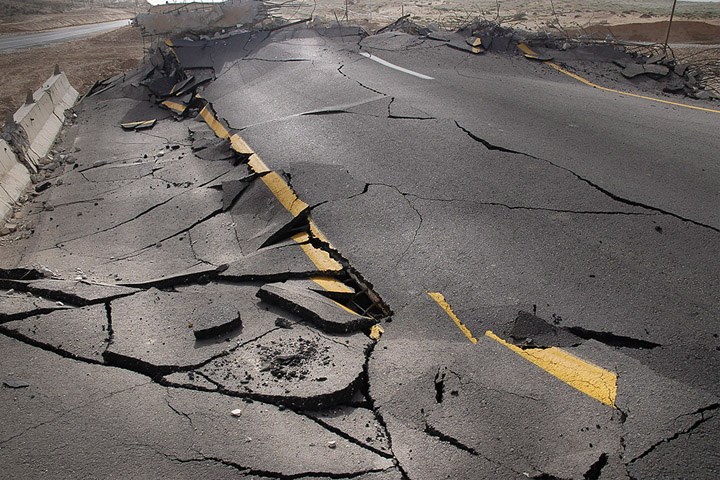Earthquakes are a way of life here in California. While most are not felt and most that are don’t cause significant damage, history reminds us that damaging earthquakes are a significant hazard for us.
Taking steps to prepare now can make the difference to your safety during the next “Big One”.
Know Your Risk
- While the San Andreas is the most commonly known fault in California, did you know another large fault is even closer to Riverside? The San Jacinto Fault crosses through the Badlands on the eastern side of Moreno Valley and is capable of producing strong earthquakes in excess of 7.0. In addition, the Lake Elsinore Fault can be capable of causing damage.
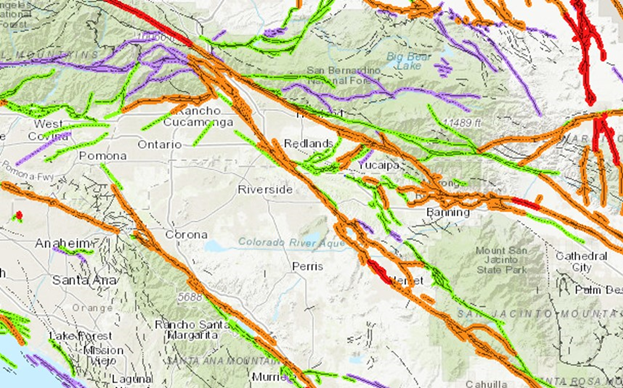
- Check your proximity to known faults at https://myhazards.caloes.ca.gov/.
Check Your Insurance
- Earthquakes are not commonly covered by regular Homeowners or Renters insurance policies. However, many insurance companies offer Earthquake coverage from the California Earthquake Authority. In addition to damage, policies often cover Loss-Of-Use, or the costs of a hotel while your home is unable to be occupied.
Know How to Drop/Lock, Cover, & Hold On
- When shaking begins, remember these three steps to help avoid injury:
- Drop/Lock: Drop to your hands and knees. If you use a walker with a seat or a wheelchair, lock the wheels and remain seated until the shaking stops.
- Cover: Cover your head and neck with your arms. If safely possible, crawl under a sturdy piece of furniture. Otherwise, try to crawl next to an interior wall, away from windows. Avoid dangers such as falling objects or debris. Stay on your knees or bent over to protect vital organs.
- Hold On: If you are under a piece of furniture, hold on to it with one hand and be ready to move with it if it begins to slide. If you are seated and unable to drop to the floor, bend forward, cover your head with both arms, and hold on to your neck with both hands to protect your head and neck.
Protect Yourself During Earthquakes
If Possible
Drop
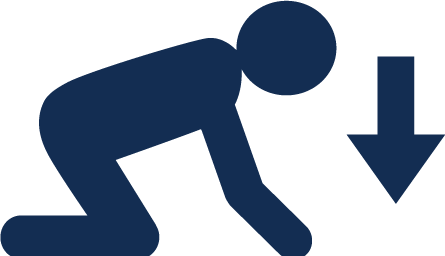
Cover
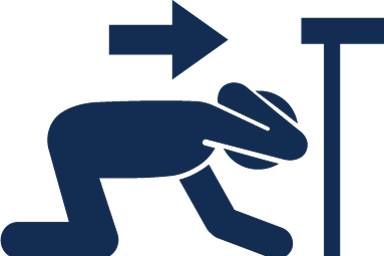
Hold On

Using Cane
Drop

Cover

Hold On

Using Walker
Lock
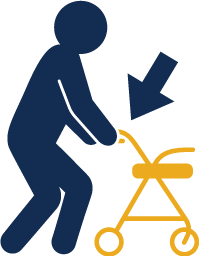
Cover
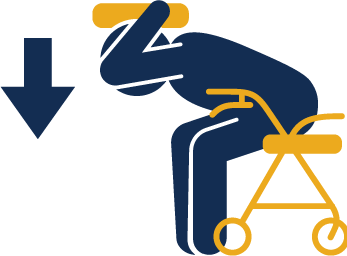
Hold On
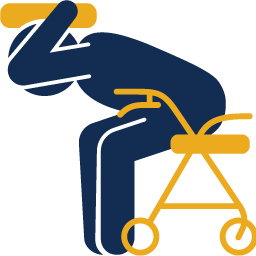
Using Wheelchair
Lock
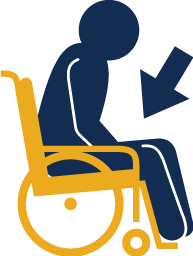
Cover
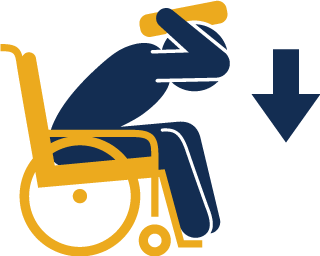
Hold On
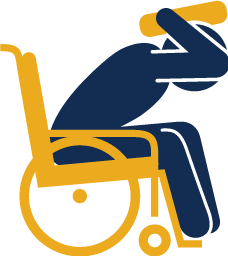
Learn more at earthquakecountry.org/survive/.
Watch Out for Hazards
- If you are outdoors when shaking begins, try to move away from buildings, power poles, and other tall objects that could fall.
- If you are driving when shaking occurs, come to a stop as quickly and safely as you can, then set your parking brake. Avoid slamming on your brakes and stopping near or under anything that could fall on your vehicle. Activate your hazard lights, and once the shaking has stopped, proceed with caution, as roads and bridges could be damaged.
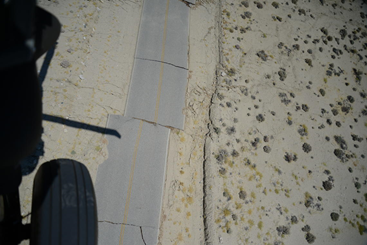
Anchor Heavy Furniture & Objects
- Top-Heavy Furniture (i.e. Bookshelves, China Cabinets, Refrigerators, Dressers, etc.) and wall-mounted objects can fall during an earthquake. This may not only cause damage but is a leading cause of injury during an earthquake. Anchor these items to the studs in the walls.
- Use museum putty to hold heavy items that may fly off shelves during an earthquake, and don’t forget to secure wall-mounted art.
- Consider installing hardware to keep cabinet doors closed during an earthquake. This can not only prevent broken glass afterwards, but it just might save that favorite coffee mug!
Remember to ShakeOut Annually
- Join us in participating in The Great ShakeOut, an annual earthquake drill help on every 3rd Thursday of October.
- Register your participation to be counted at www.shakeout.org/california.
- Involve your family, friends, and co-workers.
- Plan for what to do after an earthquake as well.

Sign Up for Alerts
- Riverside Alert – Opt-In resource to be alerted in the City of Riverside.
- ShakeAlert – Earthquake Early Warnings may give you precious seconds to brace before an earthquake.*
- *Earthquake Early Warnings are still experimental and has limitations. Learn more at ShakeAlert.
Know Your Home
- Ask the following questions about your home:
- What year was it built? Older homes built before 1980 were often built without the knowledge we have today regarding earthquake engineering. Fortunately, seismic retrofits can help make your home more resistant to earthquake damage.
- What type of foundation is the house built on? Foundations such as Stem- & Cripple-Wall, Post & Pier, or home with living spaces built over garage spaces can be vulnerable to shaking and should be retrofitted to strengthen them.
- What type of ground is the building on? Some areas are more susceptible to shaking, as well as processes such as liquefaction, surface rupturing, and landslides that can cause damage from an earthquake to be even worse. In addition, a building that straddles a fault can be subjected to extreme forces that can cause significant damage, and buildings built on hillsides may not be properly braced. Earthquake retrofits can help prevent or lessen damage in these areas.
- What hazards exist in and around my home? Gas lines, water & sewage pipes, and power poles can all be damaged in an earthquake, leading to many types of hazards such as flooding, fire, electrocution, and explosions. In addition, heavy furniture can fall over if not properly anchored, causing injuries and trapping people inside. Take the time to look around and know what hazards might exist, then take action to prevent those hazards from becoming dangerous.
Save Money on Insurance, or a Retrofit
- Older homes that have been retrofitted may qualify for a Hazard Reduction Discount on California Earthquake Authority (CEA) Insurance policies. Newer homes will already be saving money!
- The CEA also can help with retrofits on older homes for certain qualifying houses through their Brace & Bolt Programs.
Learn more at https://www.earthquakecountry.org/sevensteps/.

